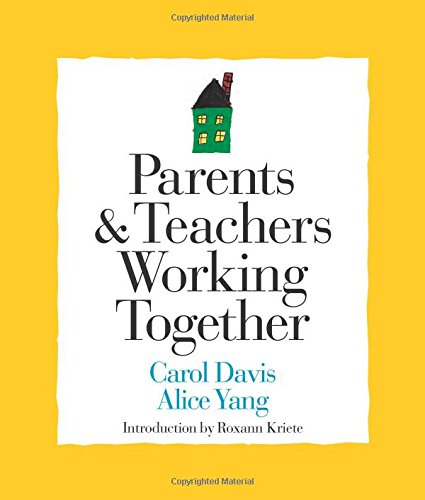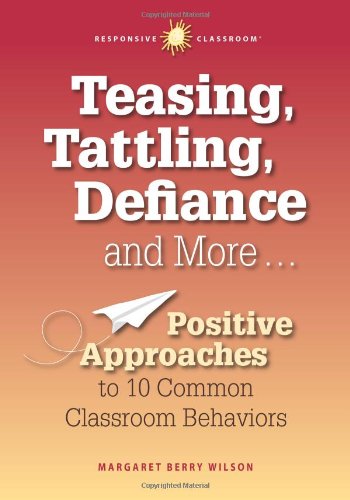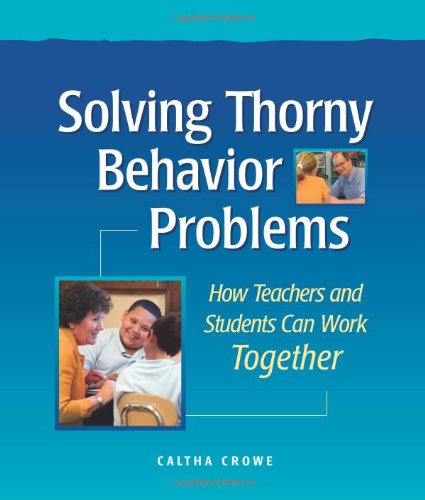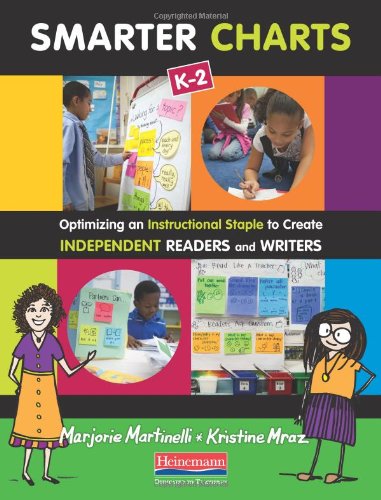I just started my summer, and, contrary to popular non-teacher belief, I am ready to get busy LEARNING and WORKING. This summer I'm planning to lead and present a few workshops in my school district, attend some workshops, tutor, build up my blog and teacher's pay teachers store, and run a week-long science summer camp. I am BEYOND pumped. The idea of creating things that I love with a little added flexibility (and sleep) to my schedule has got me totally energized.
I wanted to talk to you today about summer reading. I don't know about you, but I find that it is close to impossible to get any substantial amount of reading done-be it professional or pleasure-during the school year. I'd find that the first time I was able to sit down and attempt to read during the average day, it was around 9:30 PM. I'd cuddle up in bed with my book, my pups, and my fiancé, and five minutes later, I'd read a pag-ZzZzZzZzZzZzZzZzZzZzZzZzZzZzZz. Every night, I'd settle into bed with the hopes of reading a little bit more than I did the night before (AKA more than 2 and a half paragraphs). Of course, I'd have to reread the last
 |
| This is me, except you just need to switch the words "sleeping" and "reading." |
Well, this just wasn't cutting it for me. I wondered why this was so hard for me to accomplish when I genuinely wanted to learn and have a productive summer. Finally, after a few less-than-ideal summers, I found the answer. It's really quite simple: I think that teachers tend to thrive on structure, just like their students! Summer can be really difficult for some of us because we don't always provide ourselves with the structure that we provide for our kids. I try to give myself a rough schedule of my day so that I can fit the most important things in. Sometimes it involves multi-tasking, and sometimes it just involves just a little bit more commitment and a little bit less Netflix. I am hoping to read 4 books this summer. I could make a bigger list for myself, but I want to be realistic.
Great! You're committed! I'm counting you in! Now how can you read 4 (or 3 or 10 or 39,240,823) books this summer? Well, in third grade at my school, we have our kids participate in book clubs. The first book club meeting is always pretty similar--the kids preview their books, perhaps generate some focus questions to guide their research on a topic or thinking about themes and characters, and they MAKE. A. PLAN. Yes, that's right, they figure out what they will read and when they will read it. Well, I realized that if my third graders could do this, and if I was the one who TAUGHT them how to do this, then there was no reason I couldn't do this. Guess what? It works! I am carving out some reading time for myself each day during the week. Sometimes I might end up taking my reading to the dog park with me if the park is slow and the dogs there are nice. Maybe you are a beach bum and can relax while you read about classroom design. I think the key for me is to fit in 20 minutes of reading every day. Maybe you need to plan to read a certain amount of chapters or pages a day to fit it in. Each book and each reader is different. The key here is to be realistic with yourself, plan it out ahead of time after previewing your book, and stick to your plan. I'm going to jot some notes down while I read and figure out how to incorporate what I'm learning into my classroom practice come September.
Book #1: Text Savvy: Using a Shared Reading Framework to Build Comprehension (Grades 3-6)
By Sarah Daunis and Maria Cassiani Iams
If you're anything like me, you're always struggling to fit all of the components of balanced literacy into one short day. This books seems like it will offer me some serious wisdom. It was recommended to me by a very intelligent colleague whom I deeply respect and admire, and the book even says that it teaches its readers HOW to do what the people in this book did. Don't you hate when you read a book, love all the theory, and have close to NO practical ways to implement what they suggest you implement? YUCK! So, I'm hoping this one is not like that. It doesn't seem like it will be, and it's a pretty short book. I think it will be a quick read. I can't wait to get my hands dirty with this!
Book #2: Parents & Teachers Working Together
By Carol Davis and Alice Yang
Book #3: Teasing, Tattling, Defiance, and More... Positive Approaches to 10 Common Classroom Behaviors
By Margaret Berry Wilson
Aaaand, last but not least...
Book #4: Solving Thorny Behavior Problems: How Teachers and Students Can Work Together
By Caltha Crowe
Okay, if you guys have not heard of Caltha Crowe, READ THIS BOOK! I LOVE, LOVE, LOVE this educator! She is incredible. She is featured in a lot of Responsive Classroom training videos, and watching her is just awe-inspiring. You can learn so much from watching her teach. See if you can find her in their youtube clips. This book is on my list because she writes about problem-solving conferences (I'm not too bad at these, but I could definitely improve), conflict resolution, role-playing, class meetings (really, we all need to have these every now and then!), and individual written agreements. Caltha tackles incredibly difficult behaviors with warmth and poise, and I am really excited to dig deeper into these topics in her book.
Now you just have to decide on the books you'll be reading! If you're not interested in the four I listed, I'll leave another book recommendation below. I love this book--it completely changed the way I teach! The authors are involved with Columbia's Teacher's College. Charts are now instructional material rather than stuff taking up space on my wall, and the kids really refer to them because they are involved in their creation. Sometimes I even include student work on charts as examples now, which really helps to build a struggling reader/writer's confidence. That is just one really cool strategy I learned from this book. Check it out by clicking on the picture.
That's all for now. Have you noticed a pattern in my book choice? I will openly admit that I am a Responsive Classroom junkie! What are you doing this summer? What books do you want to read? Comment below!
Warmly,
Marla
:)







Not only do I relate to all of the summer reading (and the summer is almost over!) but there were a few books on this list that I ad not heard of and I can't wait to pick them up. Thank you!
ReplyDelete